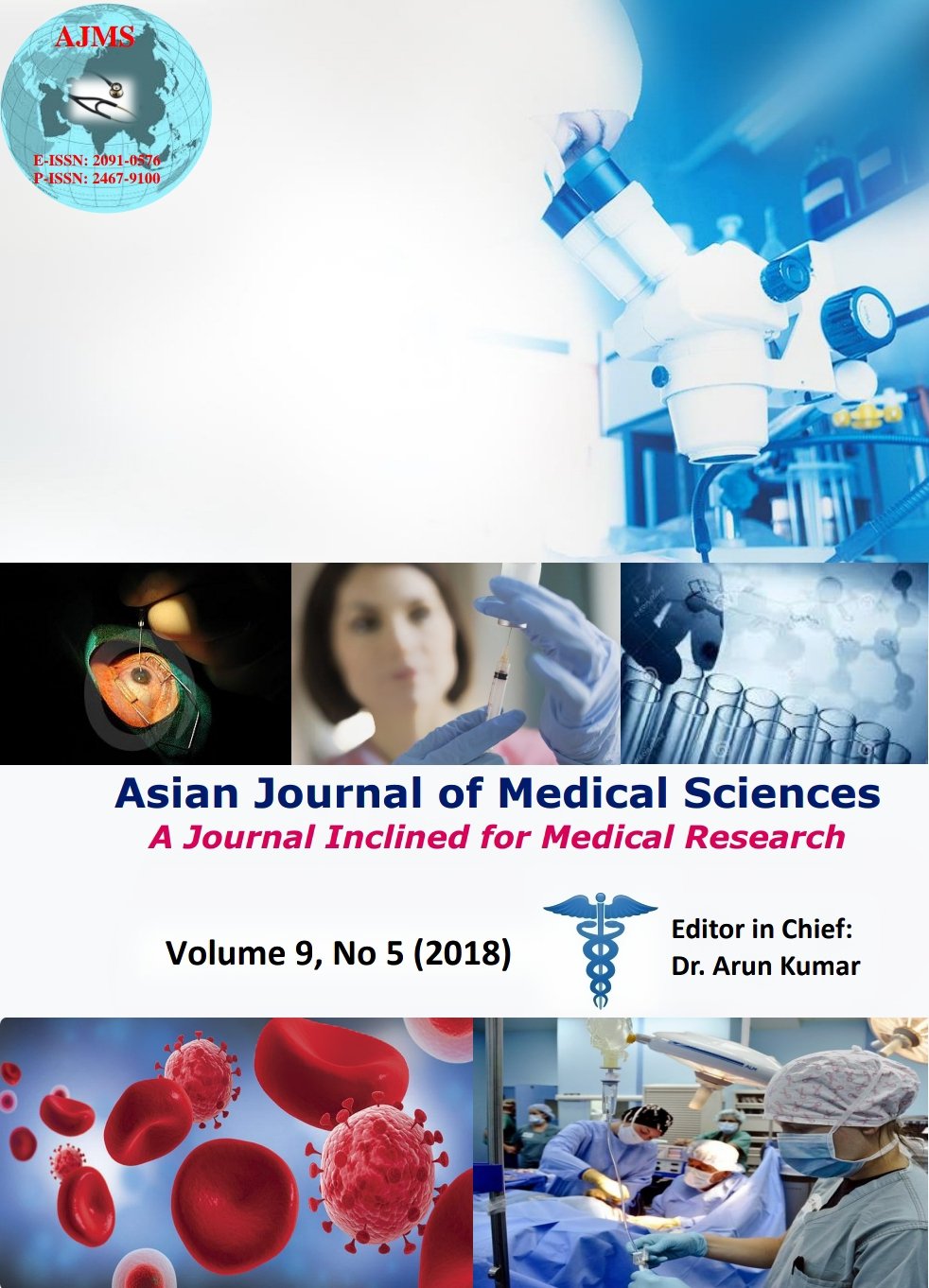Assessment of accuracy of mercury sphygmomanometer and automated oscillometric device of blood pressure measurement in population of normal individuals
Keywords:
Blood pressure measurement, Sphygmomanometer, Hypertension, Automated Oscillometric device, Systolic blood pressure, Diastolic blood pressureAbstract
Background: Blood pressure (BP) measurement is the most common investigation performed nearly on all patients’ for diagnosis and treatment of hypertension. Accuracy of the measurement device is crucial for timely diagnosis.However, sphygmomanometer requires medical expertise whereas automated oscillometric device needs only careful observations in measuring BP.
Aims and Objectives: The objective of the present study is to determinethe comparative accuracy of mercury sphygmomanometer and automated oscillometric device of measuring BP and the limit of agreement between the two devices.
Materials and Methods: A cross-sectional study designed and carried out at MGM Medical College, Indore among 438 normal individuals. Age, weight, height, body mass index, history and BP were recorded. An average of three recording of BP measurement by both the devices was used.
Results: Out of a total, 52.3% were male and 47.7% were female. Average SBP (130.78±17.31 mmHg) and DBP (86.96±10.26 mmHg) measured by automated instrument were significantly elevated than SBP (126.32±13.47 mmHg) and DBP (81.70±8.63 mmHg) by mercury sphygmomanometer while the mean differences in SBP and DBP (5.16±4.40 and 5.57±3.30 mmHg) were statistically significant (p=0.000). Hypertension reported in more patients with automated (79.0%) compared to sphygmomanometer (76.0%). Bland-Altman plots indicated a positive linear trend for BP readings between two instruments. Differences were more in SBP reading than DBP within three categories. Measurement of agreement indicated strong statistically significant (p=0.000) mutual agreement between the rate of judging hypertension by two apparatuses. The coefficient of determination for SBP (R2=0.95) and DBP (R2=0.87) were very high when manual readings compared to automated.
Conclusion: Present research suggests that BP readings obtained by automated and sphygmomanometer is comparable however as compared to mercury sphygmomanometer ocillometric device gives slightly higher readings of SBP. Looking towards the simplicity of measurement and freedom from environmental toxicity automated ocillometricdevice may be recommended as a primary tool for early detection and management of high BP.
Asian Journal of Medical Sciences Vol.9(5) 2018 17-24
Downloads
Downloads
Additional Files
Published
How to Cite
Issue
Section
License
Authors who publish with this journal agree to the following terms:
- The journal holds copyright and publishes the work under a Creative Commons CC-BY-NC license that permits use, distribution and reprduction in any medium, provided the original work is properly cited and is not used for commercial purposes. The journal should be recognised as the original publisher of this work.
- Authors are able to enter into separate, additional contractual arrangements for the non-exclusive distribution of the journal's published version of the work (e.g., post it to an institutional repository or publish it in a book), with an acknowledgement of its initial publication in this journal.
- Authors are permitted and encouraged to post their work online (e.g., in institutional repositories or on their website) prior to and during the submission process, as it can lead to productive exchanges, as well as earlier and greater citation of published work (See The Effect of Open Access).




